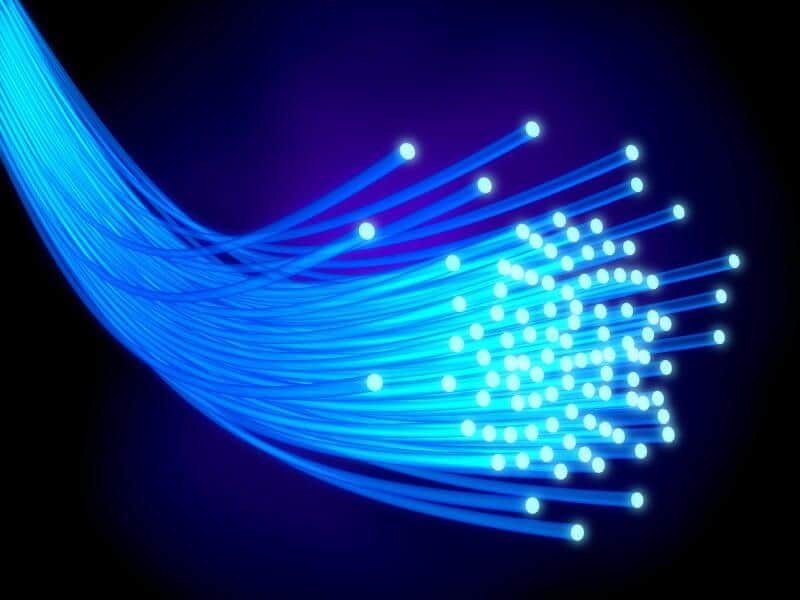An optical fiber probe can distinguish cancer tissue and normal tissue at the margins of a tumor being excised, in real time, by detecting the difference in pH between the two types of tissue. This has the potential to help surgeons avoid removing too much healthy tissue during surgery and also avoid performing additional surgeries later to remove any cancer tissue left behind.
Journal in Which the Study was Published: Cancer Research, a journal of the American Association for Cancer Research.
Authors: Erik P. Schartner, PhD, a postdoctoral researcher at the School of Physical Sciences and the ARC Centre of Excellence for Nanoscale BioPhotonics (CNBP) at The University of Adelaide in Australia, working in collaboration with the Breast, Endocrine & Surgical Oncology Unit at the Royal Adelaide Hospital.
Background: A major issue with current surgical techniques to resect cancer is the lack of a reliable method to identify the tissue type during surgery; therefore the surgical procedures rely extensively on the experience and judgement of the surgeon to decide on how much tissue to remove around the tumor margins, Schartner said. Because of this, surgeons often perform what is called cavity shaving, which can result in the removal of excessive healthy tissue. On the other hand, many patients do not have the entire tumor removed during the initial surgery, and will need a follow-up surgery to remove residual cancer tissue.
“This is quite traumatic to the patient, and has been shown to have long-term detrimental effects on the patient’s outcome,” he added.
How the Study Was Conducted: Schartner and team designed an optical fiber probe that can detect cancer cells during surgery based on the principle that cancer and normal cells have different pH, which is a measure of the acidity or basicity (alkalinity) of a substance. Tumor cells are typically more acidic than normal cells, Schartner noted.
When the probe is applied to the tissue, the pH indicator embedded in the polymer layer at the tip of the fiber optic probe changes the color of the light it emits depending on the pH of the area that it is placed in. The probe is connected to a light source, which emits fluorescence that can be detected with a miniature spectrometer on the other end of the probe, Schartner explained.
The researchers tested their probe on four mastectomy specimens, one specimen of axillary clearance from a patient with recurrent breast cancer, and three specimens of metastatic melanoma.
Results: After multiple measurements of the margins of these samples, the researchers found that this pH method was able to differentiate tumor and normal areas with 88 percent sensitivity and 90 percent selectivity. Pathological evaluation of these samples to determine tumor and normal areas was used as reference.
In order to avoid interference in measurements from autofluorescence, a phenomenon in which the cells emit light by themselves, the researchers employed a “lift and measure” technique. To do this, the probe is first made to touch the tissue, but the fluorescence is measured after the probe is lifted from the tissue surface, at which point the probe retains the initial measurement but is devoid of the interference from the light emitted by the tissue.
Author Comment: “We have designed and tested a fiber-tip pH probe that has very high sensitivity for differentiating between healthy and cancerous tissue with an extremely simple experimental setup that can already be used in a fully portable configuration,” said Schartner.
“Because it is cost-effective to do measurements in this manner compared to many other medical technologies, we see a clear scope for broader use of this technology in operating theaters,” he added.
“Eliminating the autofluorescence background by the ‘lift and measure’ method we used overcomes one of the main limitations that usually restricts the performance of fluorescence-sensing methods,” Schartner noted. With their probe, the initial signal was stable up to 10 minutes after lifting.
“We are currently in the process of obtaining more excised tissue samples to increase our database, with the view of moving this towards clinical studies in the near future,” Schartner said. “We are pushing strongly for commercial development of this probe with industry partners.”
Limitations: Limitations of the study include the small sample size and further improvements needed to enhance the probe’s specificity.
If our reporting has informed or inspired you, please consider making a donation. Every contribution, no matter the size, empowers us to continue delivering accurate, engaging, and trustworthy science and medical news. Independent journalism requires time, effort, and resources—your support ensures we can keep uncovering the stories that matter most to you.
Join us in making knowledge accessible and impactful. Thank you for standing with us!

